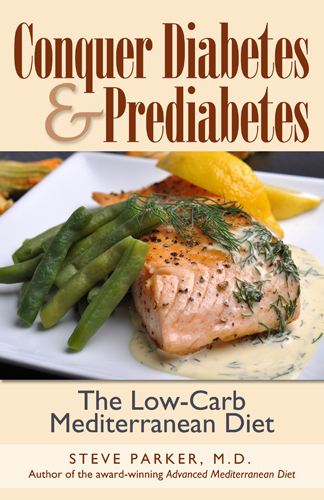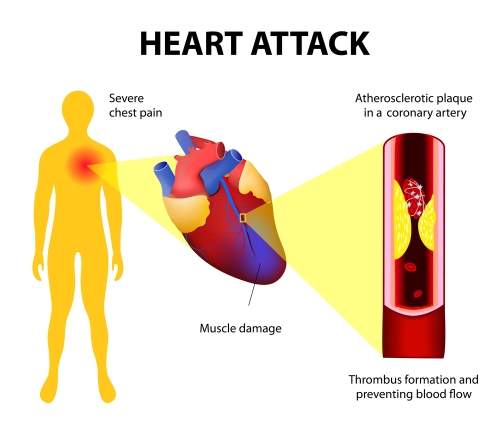From the U.S. Food and Drug Administration May 13, 2022:
Today, the U.S. Food and Drug Administration approved Mounjaro (tirzepatide) injection to improve blood sugar control in adults with type 2 diabetes, as an addition to diet and exercise. Mounjaro was effective at improving blood sugar and was more effective than the other diabetes therapies with which it was compared in clinical studies.
“Given the challenges many patients experience in achieving their target blood sugar goals, today’s approval of Mounjaro is an important advance in the treatment of type 2 diabetes,” said Patrick Archdeacon, M.D., associate director of the Division of Diabetes, Lipid Disorders, and Obesity in the FDA’s Center for Drug Evaluation and Research.
Type 2 diabetes, the most common form of diabetes, is a chronic and progressive condition in which the body does not make or use insulin normally, leading to high levels of glucose (sugar) in the blood. More than 30 million Americans have type 2 diabetes. Despite the availability of many medications to treat diabetes, many patients do not achieve the recommended blood sugar goals.
Glucagon-like peptide-1 (GLP-1) and glucose-dependent insulinotropic polypeptide (GIP) are hormones involved in blood sugar control. Mounjaro is a first-in-class medicine that activates both the GLP-1 and GIP receptors, which leads to improved blood sugar control. Mounjaro is administered by injection under the skin once weekly, with the dose adjusted as tolerated to meet blood sugar goals.
Three different doses of Mounjaro (5 milligrams, 10 milligrams and 15 milligrams) were evaluated in five clinical trials as either a stand-alone therapy or as an add-on to other diabetes medicines. The efficacy of Mounjaro was compared to placebo, a GLP-1 receptor agonist (semaglutide) and two long-acting insulin analogs.
On average, patients randomized to receive the maximum recommended dose of Mounjaro (15 milligrams) had lowering of their hemoglobin A1c (HbA1c) level (a measure of blood sugar control) by 1.6% more than placebo when used as stand-alone therapy, and 1.5% more than placebo when used in combination with a long-acting insulin. In trials comparing Mounjaro to other diabetes medications, patients who received the maximum recommended dose of Mounjaro had lowering of their HbA1c by 0.5% more than semaglutide, 0.9% more than insulin degludec and 1.0% more than insulin glargine.
Obesity was common among study participants, with an average body mass index of 32 to 34 kilograms/height in meters squared reported at the time of enrollment. Among patients randomized to the maximum recommended dose, the average weight loss with Mounjaro was 15 pounds more than placebo when neither were used with insulin and 23 pounds more than placebo when both were used with insulin. The average weight loss with the maximum recommended dose of Mounjaro was 12 pounds more than semaglutide, 29 pounds more than insulin degludec and 27 pounds more than insulin glargine. Those patients receiving insulin without Mounjaro tended to gain weight during the study.
Mounjaro can cause nausea, vomiting, diarrhea, decreased appetite, constipation, upper abdominal discomfort and abdominal pain.
Mounjaro causes thyroid C-cell tumors in rats. It is unknown whether Mounjaro causes such tumors, including medullary thyroid cancer, in humans. Mounjaro should not be used in patients with a personal or family history of medullary thyroid cancer or in patients with Multiple Endocrine Neoplasia syndrome type 2.
Mounjaro has not been studied in patients with a history of pancreas inflammation (pancreatitis), and it is not indicated for use in patients with type 1 diabetes.
Mounjaro received priority review designation for this indication. A priority review designation directs overall attention and resources to the evaluation of applications for drugs that, if approved, would be significant improvements in the safety or effectiveness of the treatment, diagnosis or prevention of serious conditions.
Click for full prescribing information.
The starting dose is 2.5 mg subcutaneously once weekly. After four weeks dose can be increased to 5 mg once weekly. Dose can be increased every four weeks to a maximum of 15 mg once weekly.
Steve Parker, M.D.











